Nelli Polle-Zengin
Year of birth: 1975.
Where do you live: Hanover, Germany.
Your education: University of Applied Sciences and Arts in Tourism Economy.
Describe your art in three words: emotion, creativity, authentic.
Website | Instagram
What inspired you to create the “Selfmade Dress” project, focusing on the life of Marie Semrau?
The idea came when I was thinking about the topic of “home”. What does home mean for old people who have often had to leave their homes. At night I suddenly remembered aunt marie, whom i only saw once in my life many years ago.
How did Marie’s story resonate with you personally? Was there a moment that particularly moved you during your conversations with her?
I was particularly touched by the detailed stories, even though the days Marie talked about were more than 80 years ago. How she immediately knew what colors her first selfmade dress was. And her answer that the happiest time of her life was in Berlin during the war.
Could you share more about the significance of sewing in Marie’s life, and why it became such a central theme in the project?
Sewing ensured Marie’s survival throughout her life. during the war and especially afterwards, when there was great poverty and she also had 4 children. She always had her sewing machine with her. Even when she immigrated to the rich country germany in her old age, she took the train instead of the plane just because she wanted to take her sewing machine with her. That machine is still there. It also shows the role of craftsmanship in the past.
The idea of “home” is deeply complex in this project, especially for someone who experienced displacement multiple times. How do you think Marie’s perception of home evolved over the years?
You might think that people who often have to leave their homes don’t have a single home, but several places where they felt at home. But in most cases, home remains connected to the roots. Home is where you were born and grew up. Perhaps because we have happy memories of childhood and a sense of security. This is also the case for Marie: her home is the parents’ house where she grew up.
The photographs capture both the present and the past through the use of light, shadow, and archival images. What role does nostalgia play in your approach to storytelling through photography?
I’m very happy that I was able to convey these feelings. Since I had to leave my home country at the age of 17, nostalgia plays a special role for me. I had a deep bond with my grandparents, who had a similar life like Marie. I could see her stories with my heart.
How did you choose the visual style for this project, and what aspects of Marie’s experiences did you aim to emphasize through your artistic choices?
I wanted to do a portrait of Marie, using my creative ideas. When I was with her, I saw that Marie spends most of her time sitting on her couch. Because of her leg pain, she can hardly walk, so I decided to capture her life today and make a documentary series without stressing Marie. After a while, Marie found our conversation great and ran with walking aid around the house to show me the memories. It was very nice.
In what ways do you think Marie’s resilience and life story can resonate with today’s generation, especially considering the experiences of displacement and migration in the modern world?
Marie’s story demonstrates how adaptable a person can be. Marie’s example shows that even in a difficult life, you can and should find positive moments. She told me that her best time was in Berlin, despite the war and displacement from her home, and that made me think a lot. Migration is always an opportunity. Life is the product of our thoughts and actions. We can leave the victim roles, taking the opportunity and make the best of our situation.

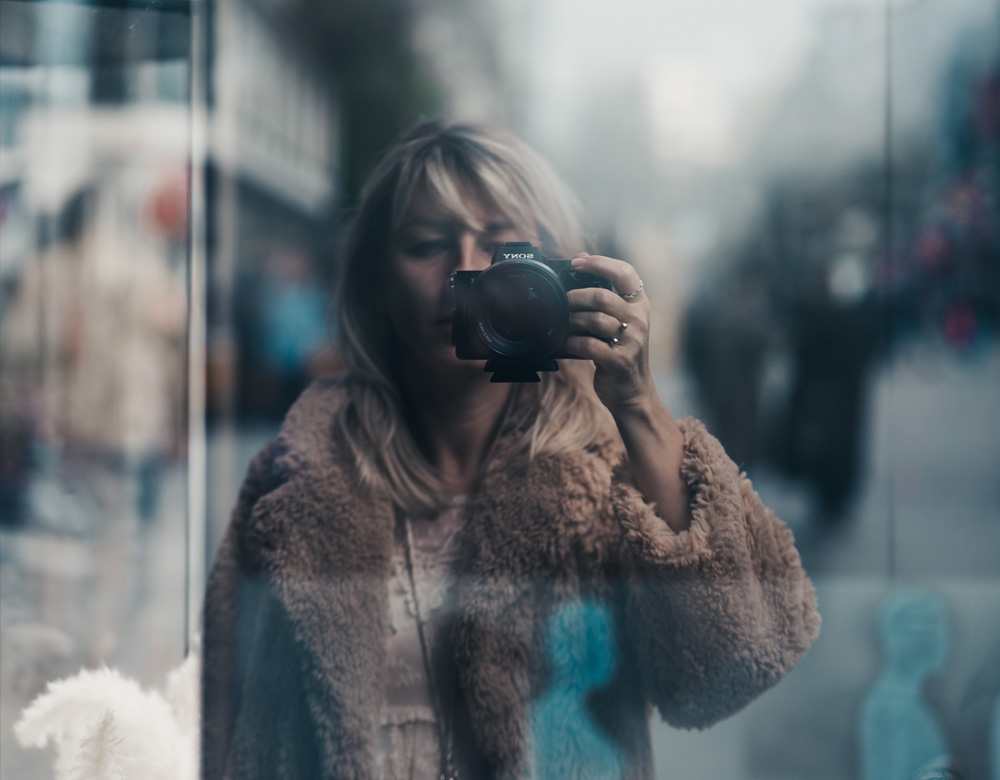
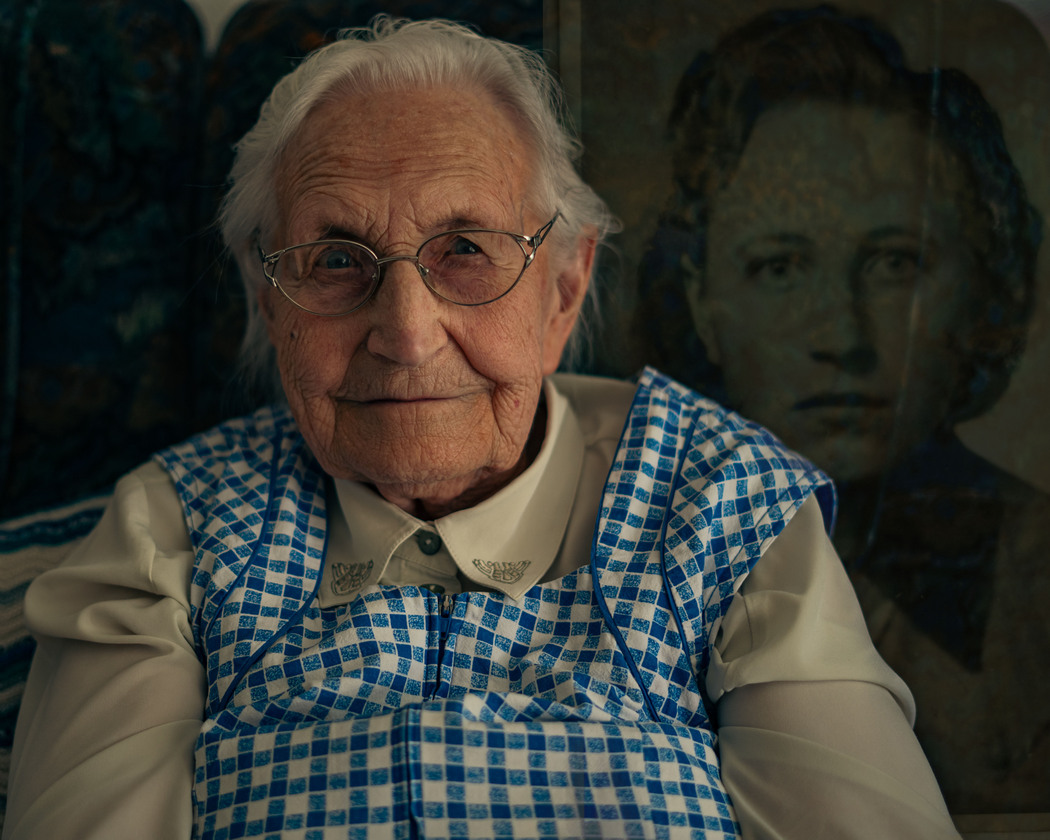
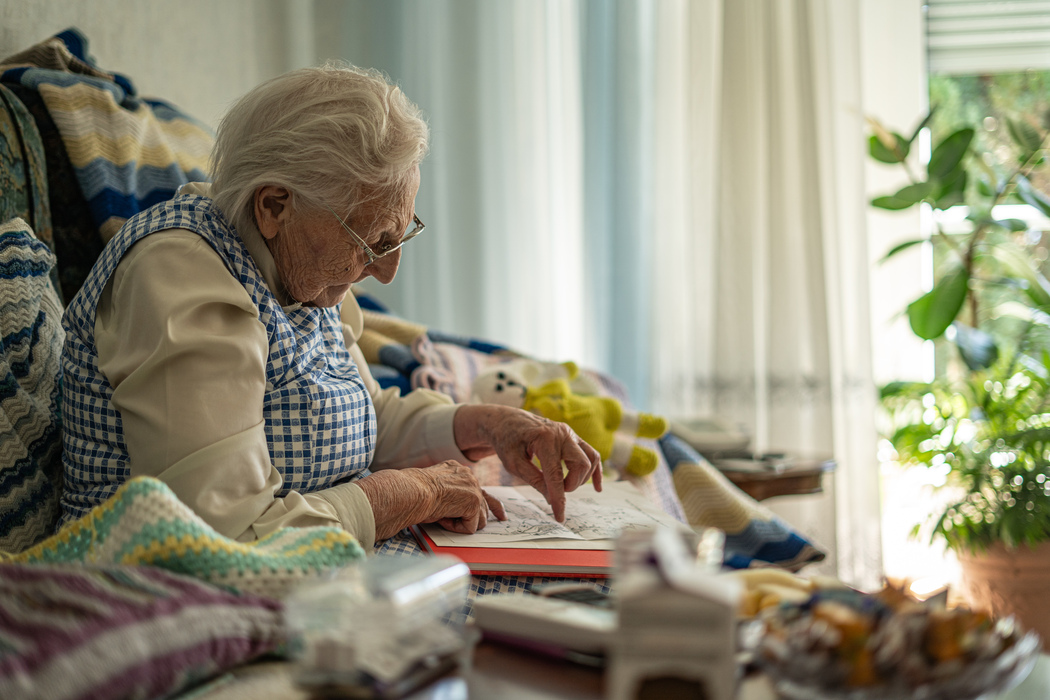
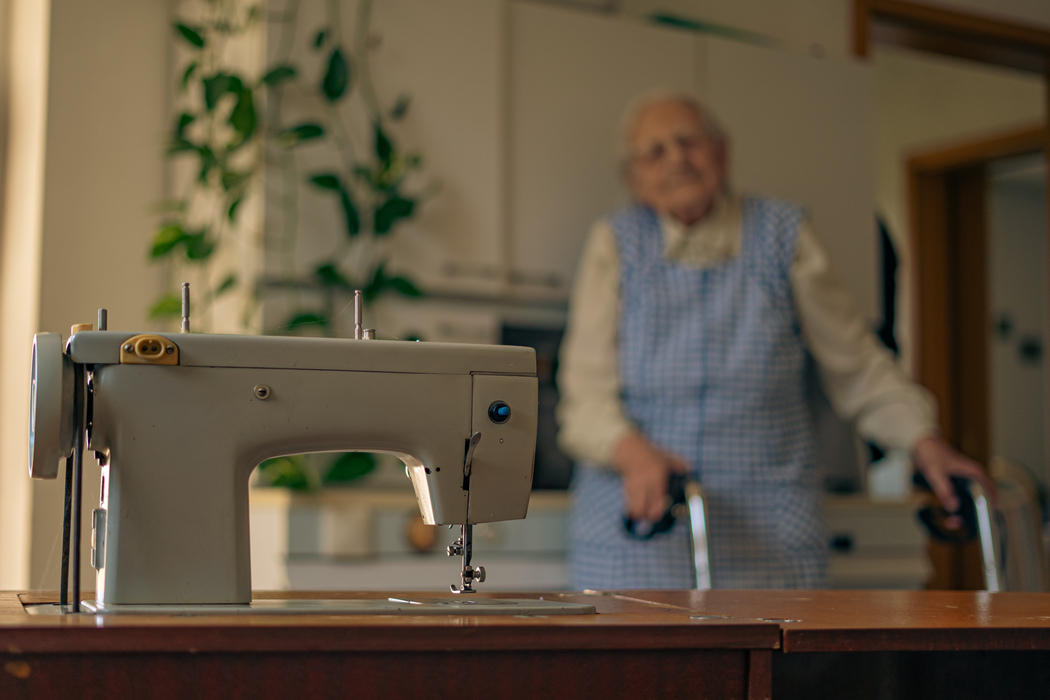
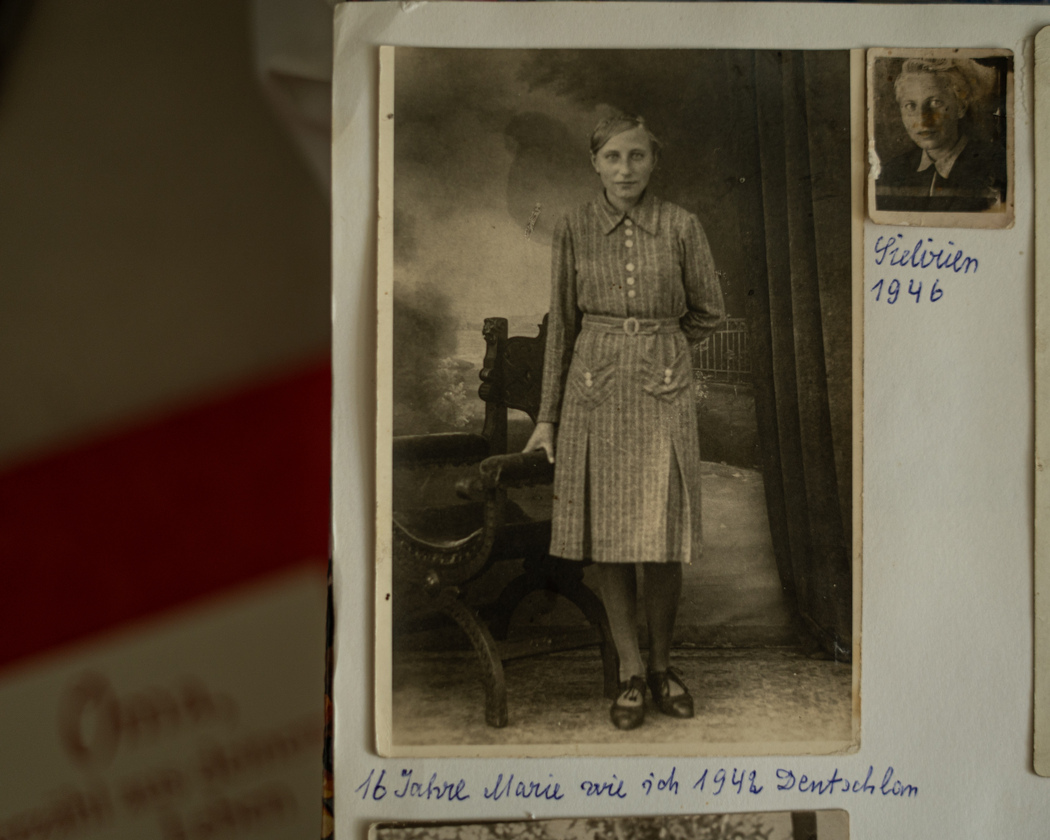
Leave a Reply
You must be logged in to post a comment.